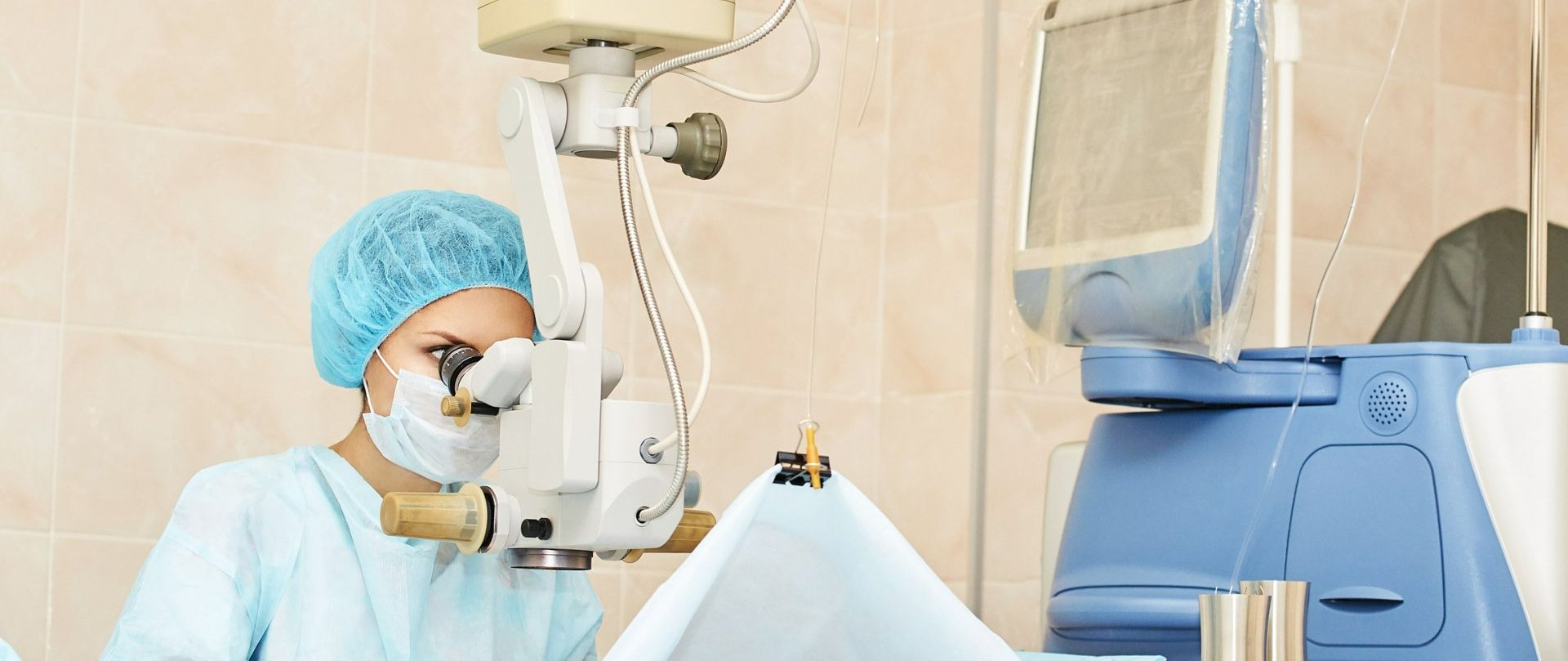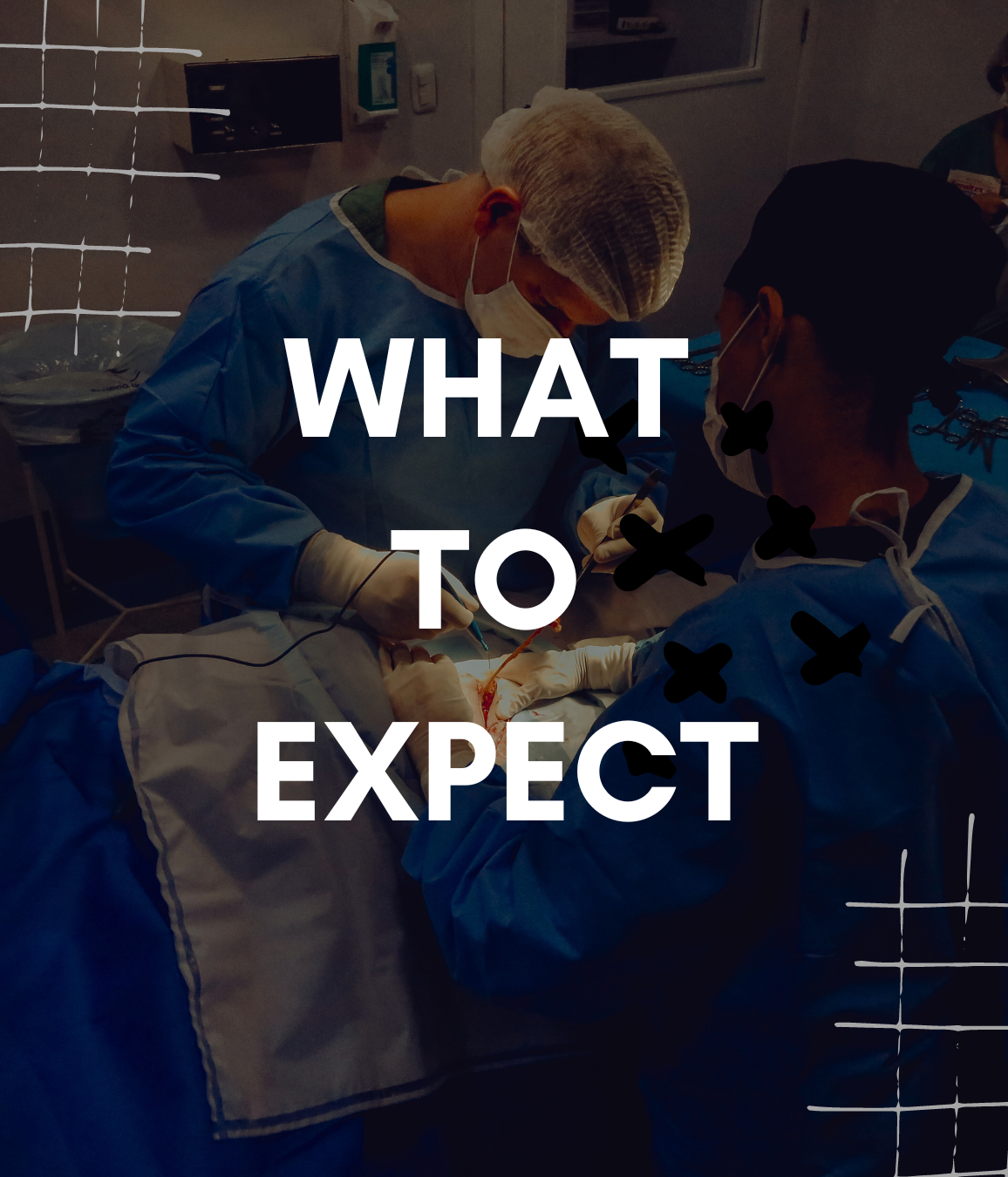Cataract Surgery In Austin, Texas

A medical operation called cataract surgery tries to replace the eye's clouded natural lens with an artificial one called an intraocular lens. (IOL). Cataracts are a prevalent age-related condition that arises when the eye's natural lens becomes obscured, impairing vision and making it difficult to discern.
Cataract Surgery Texas: The surgical procedure is usually conducted as an outpatient under local anaesthetic and takes around 30 minutes to complete. Phacoemulsification and extracapsular cataract extraction are the two principal forms of cataract surgery. (ECCE).
Cataract surgery in Texas has a high success rate for restoring eyesight and is typically regarded as safe and effective. However, there are perils associated with any surgical operation, which involve infection, hemorrhage, edema, and impairment to surrounding eye structures. Your doctor will review the potential hazards and advantages of cataract surgery with you to determine if it is the best option for your unique situation.
WE WOULD LOVE TO SEE YOU
Before Cataract Surgery Day
Before cataract surgery day, your
eye doctor will perform a comprehensive eye exam and take several measurements to ensure that the intraocular lens (IOL) that will be implanted in your eye is the correct size and power. These measurements may include:
01
Refraction Test:
This test measures your prescription for glasses or contact lenses.
02
Visual Acuity Test:
This test measures how well you can see at various distances.
03
Dilated Eye Exam:
Your doctor will use eye drops to dilate your pupils and examine the structures of your eyes, including the lens and retina.
04
Biometry:
This test uses special equipment to measure the length of your eye and the curvature of your cornea, which helps determine the correct IOL power.
05
Keratometry:
This test measures the curvature of your cornea to help calculate the correct IOL power.
06
Topography:
This test provides a detailed map of the surface of your cornea, which can help detect any irregularities that may affect your vision.
Your doctor may also perform other tests as needed to assess your overall health and ensure that you are a good candidate for surgery. It is important to follow all preoperative instructions provided by your doctor to ensure the best possible outcome.
Note: Before scheduling your cataract surgery, the doctor might request to speak with your primary healthcare provider for a medical evaluation, clearance, and an EKG.
What to Expect ?
Cataracts do not regrow after removal, but some people do experience an opaqueness of the eyesight, which seems like cataracts months following surgery. The blurring of the capsular bag, also known as posterior capsular opacification, is typically indicated by this symptom. A posterior capsulotomy is typically performed in such circumstances to clear the obscured capsule without discomfort and regain vision.
Unique optical results are heavily influenced by the lens implants used during surgery. For additional information, please visit our page on
intraocular lens implants
(IOLs).
Cataract Surgery Day Prep
Here are some things you can do to prepare for cataract surgery day:
Follow Your Doctor's Instructions:
Your doctor will give you specific instructions on what to do and not to do before the surgery. Be sure to follow these instructions carefully to ensure the best possible outcome.
Arrange For Transportation:
You will not be able to drive yourself home after the surgery, so arrange for someone to drive you to and from the surgery center or hospital.
Dress Comfortably:
Wear comfortable, loose-fitting clothing on the day of the surgery. In case you are cold, you might also want to carry a lightweight jacket or sweater.
Bring your medications:
Bring a list of your medications, including any eye drops you are using, and necessary supplies, including glasses or contact lenses.
Avoid eating or drinking 8 Hours Before Surgery:
You may be asked to avoid eating or drinking for a certain period before the surgery. Follow your doctor's instructions carefully to prevent any complications during the procedure.
Don't wear makeup:
Do not wear any makeup, lotions, or perfumes on the day of the surgery.
Get a companion:
You may want to bring a friend or family member to provide support and assistance after the surgery.
Relax and Stay Calm on Surgery Day:
Try to stay calm and relaxed on the day of the surgery. Your doctor and the surgical team will be there to guide you through the process and ensure that everything goes smoothly.
The Procedure
Cataract surgery is a common outpatient procedure that is typically performed under local anesthesia. Here are the general steps involved in the procedure:
Preparation:
You will be given eye drops to dilate your pupils and numb your eyes. You will then be positioned comfortably on the operating table.
Making an incision:
Your surgeon will make a small incision in your eye to access the lens.
Removing the cataract:
Your surgeon will use a small probe to break up the cloudy lens and remove it from your eye. This may be done using ultrasound energy, laser technology, or other techniques.
Implanting the intraocular lens (IOL):
Your surgeon will insert a new artificial lens into your eye to replace the natural lens that was removed. The IOL is typically made of plastic, silicone, or acrylic and may be folded or rolled up to fit through the incision.
Closing the incision:
The incision in your eye may be self-sealing or closed with tiny stitches.
Recovery:
You will be monitored for a short time in the recovery area before being released to go home. You will need to wear a protective shield over your eye for a short time and may be given eye drops to prevent infection and reduce inflammation.
The entire procedure usually takes less than an hour and is generally painless. Most people are able to return home the same day and resume their normal activities within a few days. Your vision will gradually improve over the next several weeks as your eye heals and adjusts to the new IOL.
Options for Cataract Surgery for Astigmatism
If you already have astigmatism, a TORIC IOL, which is designed to correct astigmatism, maybe a possibility for you. This lens has an additional cost that your insurance company does not cover.
As an alternative, the surgeon may perform an incision during surgery to mitigate minor astigmatism. Making several tiny incisions in the cornea may potentially be an option to reduce astigmatism. LRIs (Limbal Relaxing Incisions) are tiny incisions that can be made by hand or with our
LenSx
Femtosecond Laser. Just keep in mind that compared to LRIs using the LenSx laser or Toric IOLs, result from the manual LRI method aren't nearly as reliable.
Options for Cataract Surgery for Near or Farsightedness
New multifocal and adaptive IOLs enable patients to see clearly at several distances without the need for glasses or contacts. These multifocal IOLs include various iterations of Alcon’s Acrysof® ReStor® Lens Implant, Bausch & Lomb’s Crystalens Multifocal IOL, and Abbott Medical Optics’ ReZoom™ Multifocal IOL and TECNIS® Multifocal IOL.
After Cataract Surgery
After cataract surgery in Texas, you will need to take special care of your eye to ensure a smooth recovery. With the exception of heavy lifting, most patients can resume their regular activities within a day or two.
The one-day post-operative exam, as well as the one-week and one-month follow-ups, are typically scheduled for patients to visit their recommended doctor of optometry. Although rarely will an insurance company demand that post-operative treatment be given at the operation center.
After cataract surgery, the following is also fairly reminiscent:
First 5-7 days post surgery:
During the primary 5-7 days following surgery, patients report progressively better vision as their eyes acclimate.
Initial 2 weeks following surgery:
Antibiotic, anti-inflammatory, and steroid eye drops must be used many times daily. A protective shield is required to be worn at night or while sleeping. Protective glasses should be adorned throughout the day.
Take note that you should never drive yourself unless you are certain that your vision complies with or exceeds the minimum legal requirements. Glasses or contact prescriptions are changed as needed by your optometrist.
FAQs for Cataract Surgery
What happens during cataract surgery?
During a cataract surgery, the surgeons replace the clouded lens with a clear artificial lens. The process is performed under local anesthesia and conducted through a small incision in the cornea.
How long do you have to sleep upright after cataract surgery?
Ophthalmologists recommend sleeping upright for at least a week after cataract surgery. It reduces swelling and secures the operated eye from accidental pressure.
Is cataract surgery 100% safe?
Though cataract surgery is not 100% safe, it is a secure and effective solution with an incredible success rate.
How well will I see immediately after cataract surgery?
Immediately after cataract surgery, your vision will be blurry due to anesthesia, eye dilation drops, etc. You will experience a noticeable visual difference after a few hours of the procedure.
Can I drive after cataract surgery?
Driving right after cataract surgery is a strict no due to clouded vision. Give your eyes at least 24 hours of rest before fixing them on the road. If you have cataract surgery on one eye, then wear a contact lens on the non-operated eye for better visibility and depth perception.




